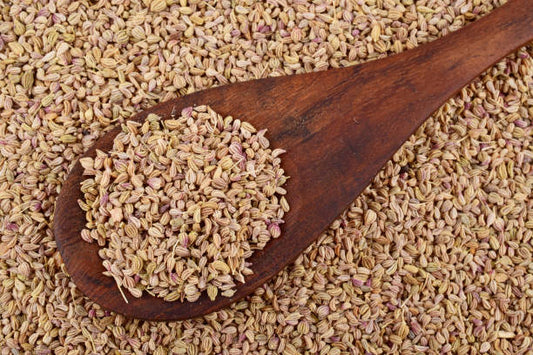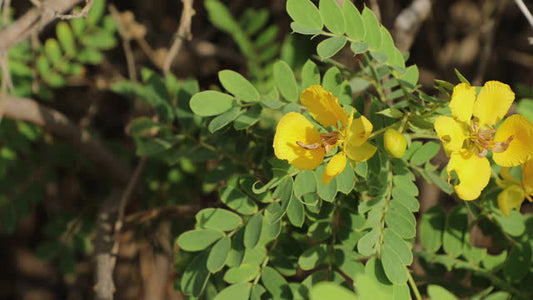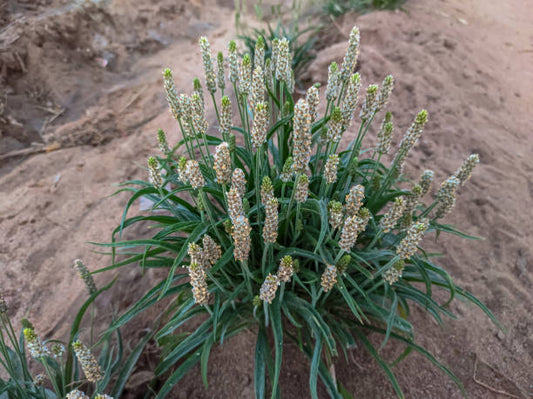What is Datura?

Datura, scientifically known as Datura stramonium, is a plant belonging to the Solanaceae family. Also referred to as Jimson weed or Thorn apple, Datura has a long history of traditional use for various purposes. However, it is important to note that Datura contains potent alkaloids that can be toxic, and its use should be approached with caution.
Usage of Datura:
-
Traditional Medicine:
- Pain Relief: In some traditional practices, Datura has been used for its potential analgesic (pain-relieving) properties.
- Asthma Treatment: In certain cultures, it has been historically used to alleviate symptoms of asthma.
-
Spiritual and Shamanic Practices:
- Psychoactive Properties: Datura has been employed in certain spiritual and shamanic rituals for its psychoactive effects.
Benefits of Datura:
-
Analgesic Properties: Traditional use suggests that Datura may have pain-relieving properties, but scientific evidence is limited.
-
Asthma Symptom Relief: Some traditional practices have utilized Datura for managing symptoms of asthma, but its safety and efficacy remain questionable.
Side Effects and Risks:
-
Toxic Alkaloids: Datura contains tropane alkaloids, including scopolamine and atropine, which can be toxic in even small amounts.
-
Psychoactive Effects: The psychoactive properties of Datura can lead to hallucinations, delirium, and other severe mental effects.
-
Physical Effects: Consumption of Datura can cause dry mouth, blurred vision, increased heart rate, and urinary retention.
-
Poisoning Risk: Ingesting Datura can lead to poisoning, and the difference between a therapeutic dose and a toxic dose is narrow.
Precautions:
-
Avoid Ingestion: Ingesting any part of the Datura plant is strongly discouraged due to its high toxicity.
-
Medical Supervision: Any use of Datura for medicinal or ritualistic purposes should be done under the supervision of a qualified healthcare or spiritual practitioner.
-
Educational Awareness: Raising awareness about the dangers of Datura is crucial to prevent accidental poisonings.
Conclusion:
While Datura has historical significance in certain cultural practices, its potential toxicity poses significant risks. The use of Datura for medicinal or spiritual purposes should be avoided without proper guidance and supervision. Ingesting Datura can be life-threatening, and caution is paramount.
Reference
"Datura: A Clinical Review" by K. L. Kulkarni, Manjusha R. Bhutani, and Sanjay D. Bhat. Journal of Herbal Medicine, 2014. https://www.sciencedirect.com/science/article/abs/pii/S2210803314000338Author: Nikita Vishnoi BCA












1 comment
In my farm many dhaturas plants… So can i sell its fruits.. How?
Please guide